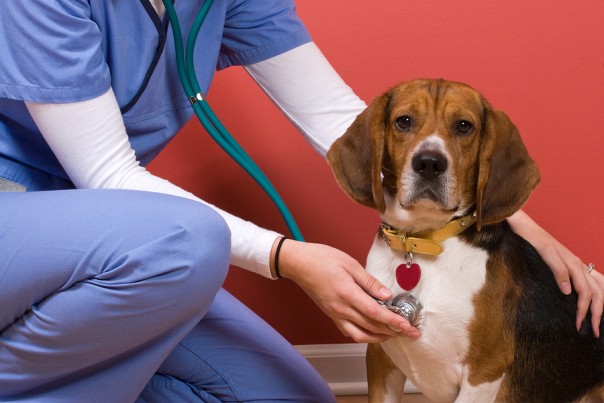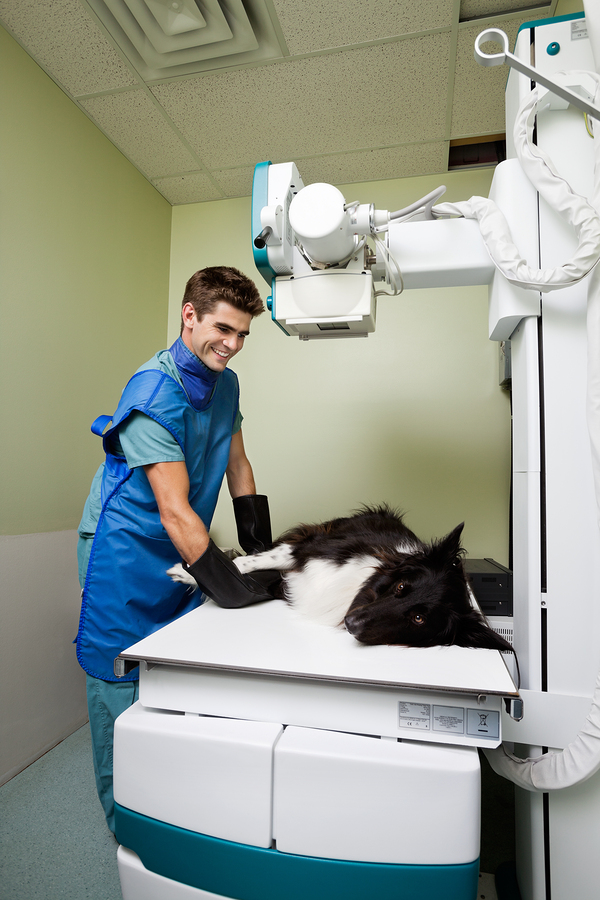
A conversation I had a few days ago on an Uber ride home started with a common question on what I do for a living. I replied “I am veterinary technician”.
Insert awkward pause here…
 “It’s like a nurse, for animals.” I said, as my excitement from attending a meeting on the future of veterinary nursing/technology around the globe was immediately siphoned away. Usually, the next line in this conversation is “Oh, I’d love to work with animals all day.” Instead my driver asked “Why do they call it ‘technician’? That made me think you worked with machines or something.”
“It’s like a nurse, for animals.” I said, as my excitement from attending a meeting on the future of veterinary nursing/technology around the globe was immediately siphoned away. Usually, the next line in this conversation is “Oh, I’d love to work with animals all day.” Instead my driver asked “Why do they call it ‘technician’? That made me think you worked with machines or something.”
With that question, we delved into the history of veterinary technology, the existence of varying credentialing standards and titles, and a widespread absence of recognition for our profession. Yes, I went there with an Uber driver.
Interestingly enough, this happened on the day the National Association for Veterinary Technicians in America (NAVTA) stated their intent to establish a unified title as a “veterinary nurse” and national standards for credentialing.
A unified title and standardized credentialing requirements will make it vastly easier for people to understand our role. The term “veterinary nurse” will invoke immediate understanding of the type of work performed and bring respect and recognition as “nurse” is associated with a well-respected profession in human medicine. Even veterinary technicians do not fully understand how the current, non-standardized credentialing systems work across states without doing research. Can we blame the public for not understanding either?
for people to understand our role. The term “veterinary nurse” will invoke immediate understanding of the type of work performed and bring respect and recognition as “nurse” is associated with a well-respected profession in human medicine. Even veterinary technicians do not fully understand how the current, non-standardized credentialing systems work across states without doing research. Can we blame the public for not understanding either?
When NAVTA announced their goal, I heard the veterinary technician profession cheer as a decades-long dream had a chance of coming true, and the recognition deserved was visible on the horizon.
[tweetthis]”Why do they call it ‘technician’? That made me think you worked with machines.”[/tweetthis]
Yet, attaining such a goal is anything but trivial. We may try… and we may fail. “Nurses won’t let us call ourselves nurses.” and “I don’t want to be called a nurse. I do so much more.” are two commonly given counterarguments.
No, registered nurses (RNs) probably do not want veterinary technicians to share this title. They are rightfully interested in protecting the public against unethical, unscrupulous, and incompetent practitioners of human nursing, and thus boards of nursing have incorporated “title protection” into the nursing practice act in 39 states. Veterinary nurses will not, of course, practice human nursing.
There may also be an impression with RNs that veterinary technicians practice pseudo-nursing that does not meet their nursing standards. We know what we practice is anything but pseudo-nursing, as we care for patients on a critical care ventilator, finely balance a patient through a rocky ASA 5 anesthetic event, develop a relationship with a patient and owner through years of chronic disease treatment, or put our hand on one’s shoulder as they say goodbye to their beloved family member.
 Yes, veterinary technicians have a broader scope of practice including radiography, dentistry, anesthesia, and other tasks that RNs do not perform due to regulatory reasons. However, veterinary technicians should realize that RNs are also highly educated and passionate individuals that provide advanced care, having specialized certifications (e.g. Certified Registered Nurse Anesthetists who perform anesthesia), which is possibly the future path for veterinary technology. Most importantly, we all have the same compassion for our patients.
Yes, veterinary technicians have a broader scope of practice including radiography, dentistry, anesthesia, and other tasks that RNs do not perform due to regulatory reasons. However, veterinary technicians should realize that RNs are also highly educated and passionate individuals that provide advanced care, having specialized certifications (e.g. Certified Registered Nurse Anesthetists who perform anesthesia), which is possibly the future path for veterinary technology. Most importantly, we all have the same compassion for our patients.
Arguing where these professions are different is just as harmful as the current lack of recognition for veterinary paraprofessionals. However, our shared experiences represent opportunities for better understanding on both sides regarding what registered nurses and credentialed veterinary technicians do.
A colleague who has seen both worlds as a BSN and RVT told me “’Technology’ encompasses the science and technology behind what we do, and the art of using them to care for a patient and their family is ‘nursing’,” and I truly believe this. “Veterinary nursing” is much the same as human nursing in this regard, and as our role has evolved so should our professional title.
Regardless of our position and what our title ends up being, there are several points here that are undeniable. Veterinary technicians perform far more now than ever before. They have pride in the amount of work it has taken to get here, and anyone using the title should be required to have gone through the same degree of work. Veterinary technicians deserve recognition for the level of education, training, and art required in this profession.
The time is now. If you’re a veterinary technician, get involved and take action to gain the respect we all deserve.
Will you look back at your career years down the road wondering why our profession never received the respect it deserved, or will you step up to the challenge… and know that you advocated for our recognition? Join the collective voice towards a unified title and credentialing standards to further our profession and what we stand for.
So… “What do you do for a living?”
[tweetthis]We deserve recognition for the education, training, and art our profession requires[/tweetthis]
This blog post represents only the opinions of the author and interested individuals are encouraged to become members of the National Association of Veterinary Technicians in America (NAVTA) and their local state veterinary technician associations to join the cause. NAVTA is currently drafting an official position statement and formulating a strategic plan to bring the profession wide goal to fruition, and should be contacted for any official statements.
 Kenichiro Yagi, BS, RVT, VTS (ECC, SAIM) is a veterinary technician from California, serving as the State Representative Committee Chairperson for the National Association of Veterinary Technicians in America and an advocate for the veterinary technician profession, He encourages everyone to practice professional responsibility in the pursuit of professional goals through organized medicine.
Kenichiro Yagi, BS, RVT, VTS (ECC, SAIM) is a veterinary technician from California, serving as the State Representative Committee Chairperson for the National Association of Veterinary Technicians in America and an advocate for the veterinary technician profession, He encourages everyone to practice professional responsibility in the pursuit of professional goals through organized medicine.